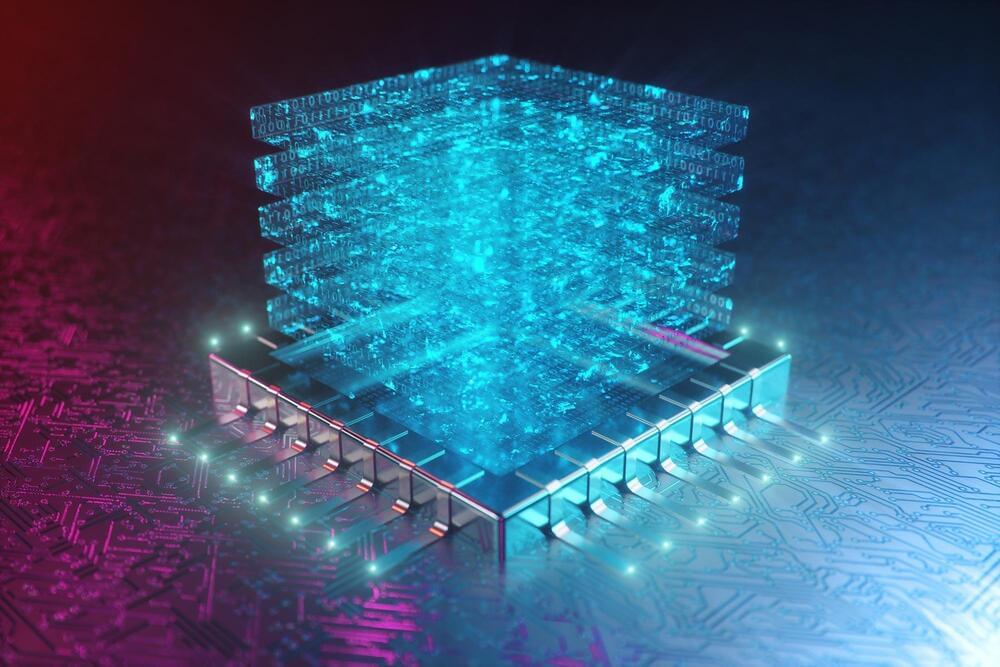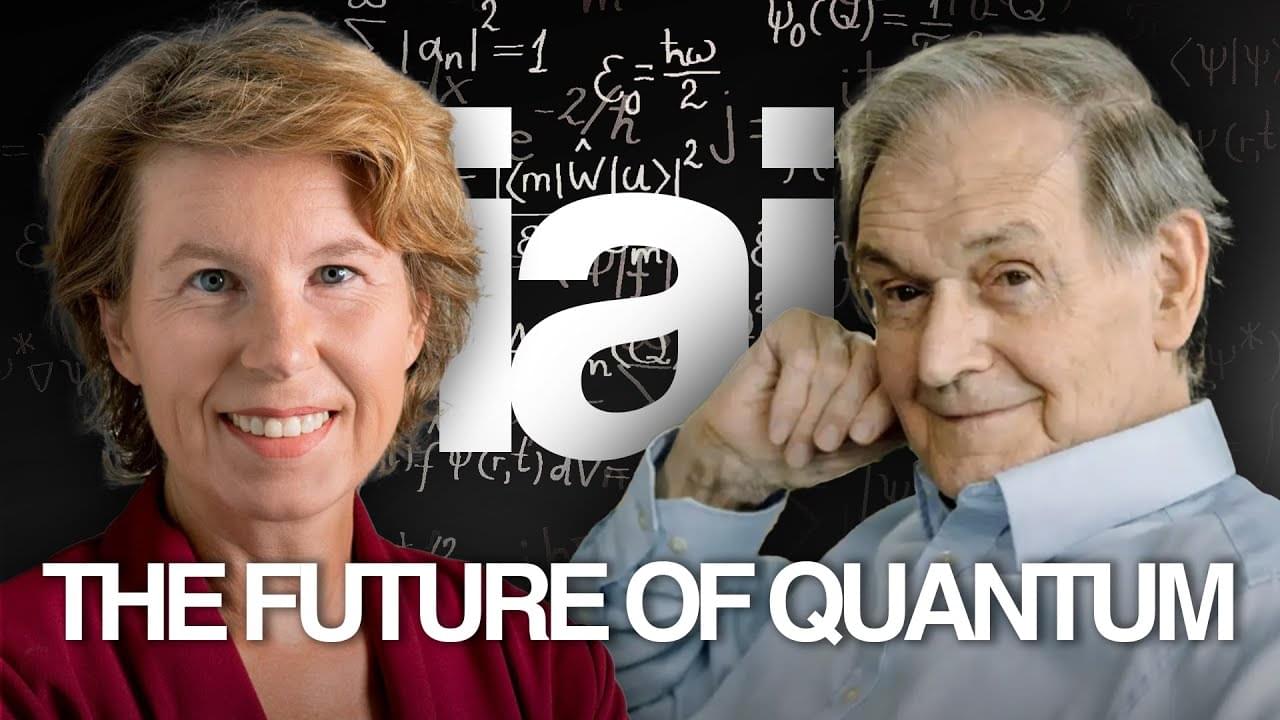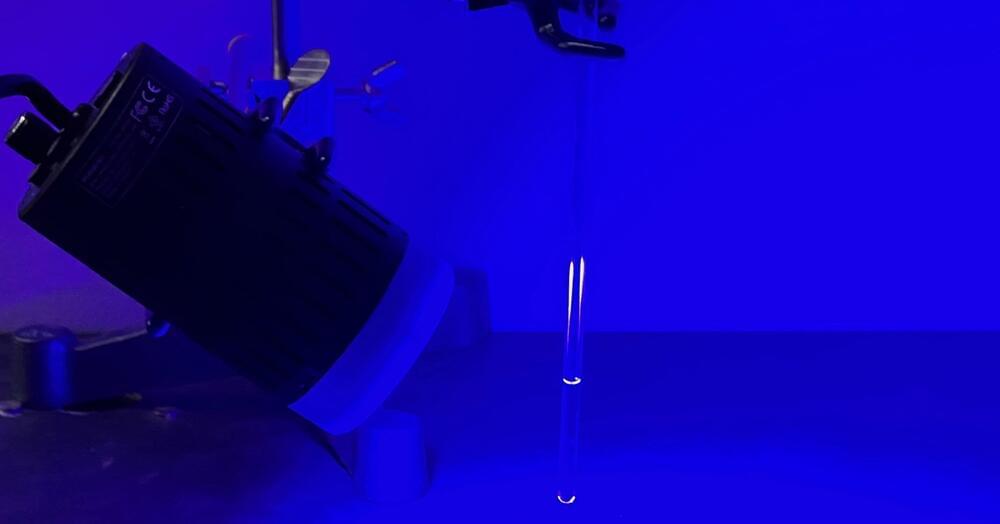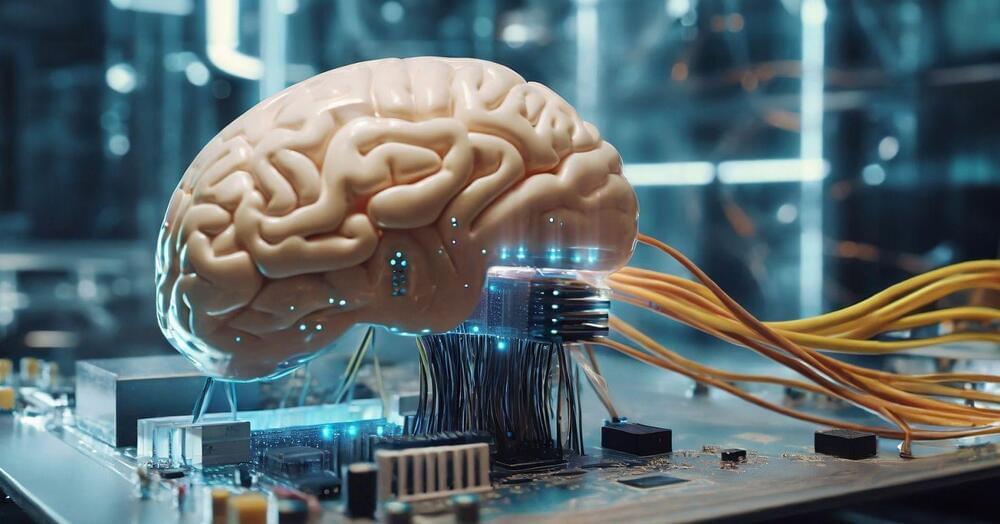
The miniaturization of electronic components, including transistors, has hit a plateau, presenting obstacles in the production of semiconductors. Nonetheless, a group of researchers, led by experts in materials science from the City University of Hong Kong (CityUHK), has unveiled a novel approach for creating highly versatile and high-performing electronics using transistors made of mixed-dimensional nanowires and nanoflakes. This breakthrough facilitates easier chip circuitry design and promotes the development of future electronic devices that are both flexible and energy-efficient.
In recent decades, as the continuous scaling of transistors and integrated circuits has started to reach physical and economic limits, fabricating semiconductor devices in a controllable and cost-effective manner has become challenging. Further scaling of transistor size increases current leakage and thus power dissipation. Complex wiring networks also have an adverse impact on power consumption.
Multivalued logic (MVL) has emerged as a promising technology for overcoming increasing power consumption. It transcends the limitations of conventional binary logic systems by greatly reducing the number of transistor components and their interconnections, enabling higher information density and lower power dissipation. Significant efforts have been devoted to constructing various multivalued logic devices, including anti-ambipolar transistors (AAT).

















